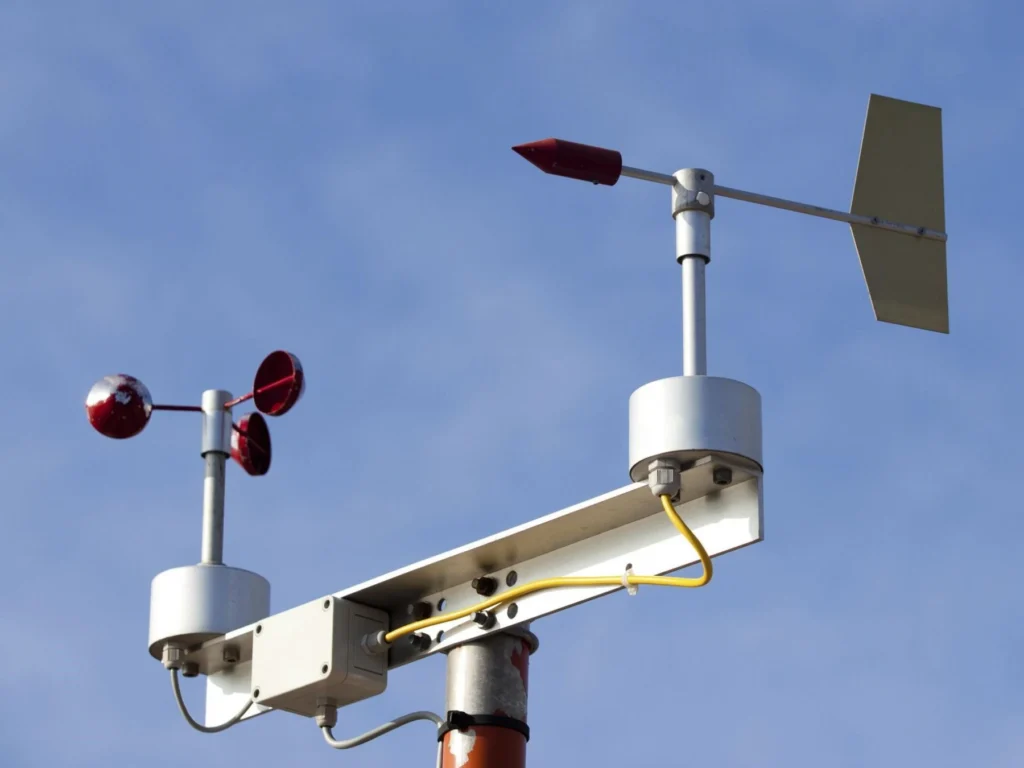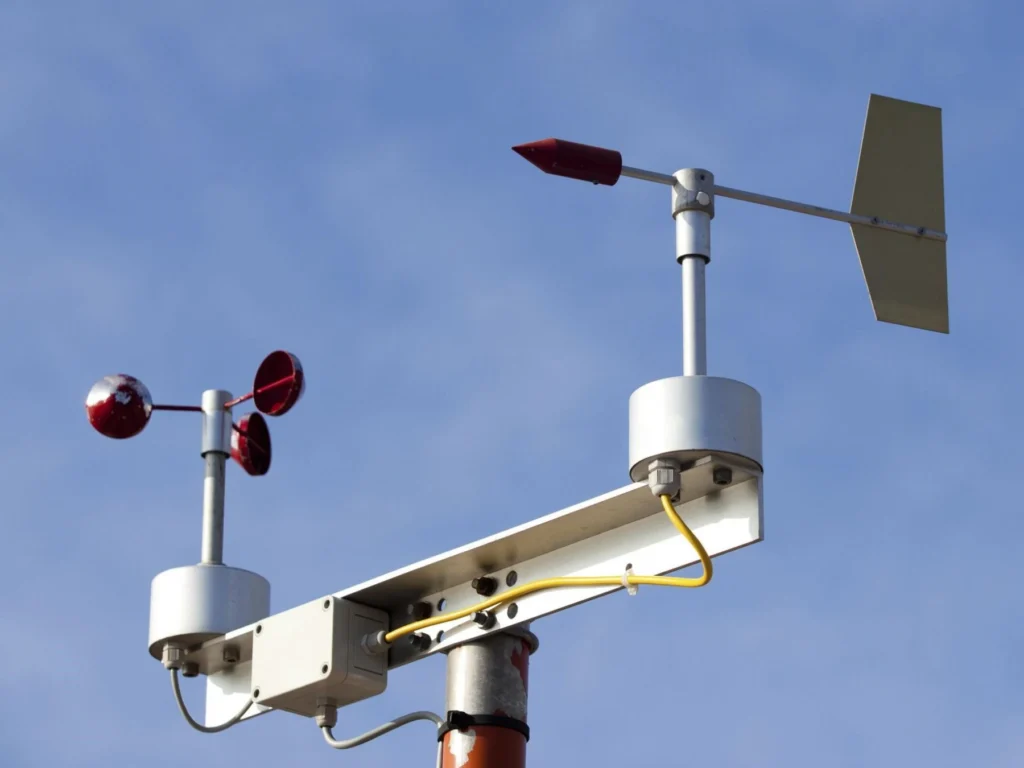
# Anemometer: The Instrument for Measuring Wind Speed
Wind speed is a crucial parameter in various fields, including meteorology, aviation, and environmental studies. To accurately measure this parameter, scientists and engineers rely on a specialized instrument known as an anemometer. This device has become an indispensable tool for understanding and predicting weather patterns, ensuring safe air travel, and monitoring environmental conditions.
## What is an Anemometer?
An anemometer is a device designed to measure the speed of wind. The term “anemometer” is derived from the Greek word “anemos,” meaning wind, and “metron,” meaning measure. These instruments come in various types, each suited for specific applications and environments.
### Types of Anemometers
There are several types of anemometers, each with its unique mechanism for measuring wind speed:
– Cup Anemometers: These are the most common type, featuring three or four cups mounted on horizontal arms. As the wind blows, the cups rotate, and the speed of rotation is proportional to the wind speed.
– Vane Anemometers: Also known as windmill anemometers, these devices use a propeller or a set of blades that rotate when exposed to wind. The rotation speed is then converted into a wind speed measurement.
– Hot-Wire Anemometers: These anemometers use a thin wire heated to a constant temperature. As wind passes over the wire, it cools down, and the change in temperature is used to calculate the wind speed.
– Ultrasonic Anemometers: These advanced devices use ultrasonic sound waves to measure wind speed. By analyzing the time it takes for sound waves to travel between sensors, the anemometer can determine both wind speed and direction.
## Applications of Anemometers
Anemometers are used in a wide range of applications, including:
– Weather Forecasting: Meteorologists use anemometers to gather data on wind speed, which is essential for predicting weather patterns and issuing warnings for severe weather events.
– Aviation: Pilots and air traffic controllers rely on anemometers to monitor wind conditions at airports, ensuring safe takeoffs and landings.
– Environmental Monitoring: Anemometers are used in environmental studies to measure wind speed and its impact on ecosystems, air quality, and climate change.
– Wind Energy: In the renewable energy sector, anemometers are crucial for assessing wind resources and optimizing the performance of wind turbines.
## How to Use an Anemometer
Using an anemometer is relatively straightforward, but it requires proper calibration and placement to ensure accurate measurements. Here are some general steps:
– Choose the Right Type: Select an anemometer that suits your specific needs and environment.
– Calibrate the Device: Before use, ensure that the anemometer is properly calibrated according to the manufacturer’s instructions.
– Position the Anemometer: Place the anemometer in an open area, free from obstructions that could affect wind flow.
– Record Data: Start the anemometer and record the wind speed readings over a specified period.
– Analyze Results: Use the collected data to analyze wind patterns and make informed decisions based on the measurements.
## Conclusion
Anemometers are vital instruments for measuring wind speed, providing valuable data for various applications. Whether you’re a meteorologist, pilot, environmental scientist, or wind energy engineer, understanding how to use and interpret anemometer readings is essential for your work. By choosing the right type of anemometer and following proper procedures, you can ensure accurate and reliable wind speed measurements.
Keyword: instrument to measure wind speed

Leave A Comment